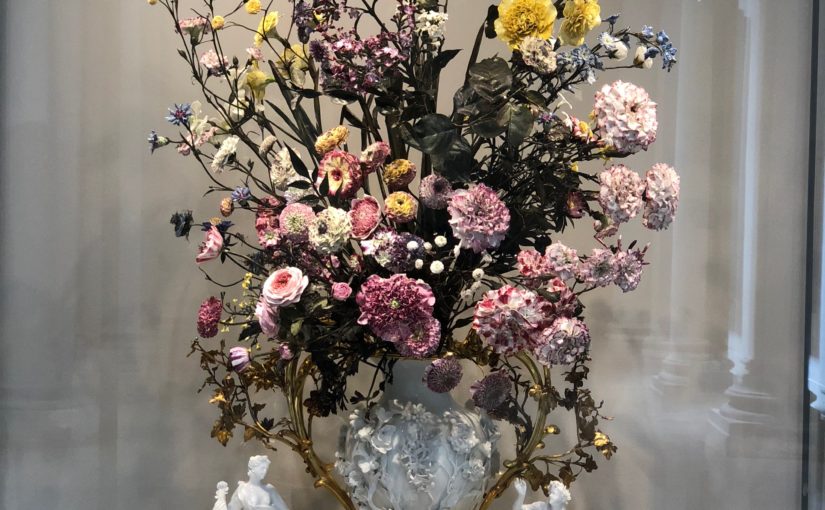The other day I went to “Strandbad Wannsee,” a lake 40 minutes outside of the center of Berlin. This trek was not bad, because the S7 will take you there in about 8 stops. This lake is gorgeous and is never too busy. After the beach I visited the Sony Center in Potsdamer Platz, one of the busiest town regions in Berlin. This area includes many shopping centers, restaurants, and an IMAX movie theater. The architecture of the buildings at Potsdamer Platz is beautiful, for example, the vortex shape at the top of the Sony Center lights up at night and gives the entire surrounding an incredible atmosphere. This is definitely one of my favorite areas to spend time at when I get out of my class.


During one of my weekends I was able to take a bus south of Berlin to a historic German city called Dresden. This city is well known because much of its buildings were bombed during World War II. When I first arrived, one of the first things I noticed was that the main part of the city felt small enough to walk through all of in a short amount of time. I saw many old damaged churches and government buildings while heading to the Zwinger Palais, where there is a math, porcelain, and art museum. This palace had been one of the many places of celebration for the marriage between Saxon and Austrian royalty. I explored the porcelain museum first, and discovered a beautiful porcelain sculpture of flowers that was a perfect replica of a bouquet. Even upon inspecting it closer, it was difficult to distinguish it from a real bouquet due to the incredibledetail that the artist used. This was by far my favorite piece of the museum.

After visiting the museum, I sat along the Danube River and read one of the books I had brought along for the my summer abroad. That evening, I went to the Semperoper, an opera house named after its architect, to see Oedipus Rex. This futuristic rendition of Oedipus Rex was a fruitful experience because I was able to understand much of the dialogue without having to look at the supertitles. The many listening exercises from my course were being put to work. Performances from the stage are very important in German culture, because the tradition dates back to the town theaters from when Germany was still split up into villages. Because of this, contemporary theater is subsidized by the state and remains a popular way to spend a German evening. Dresden exposed me to a more traditional German experience.


